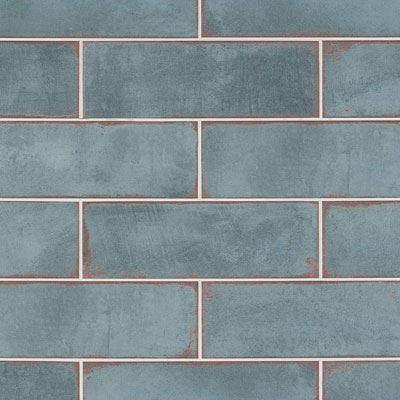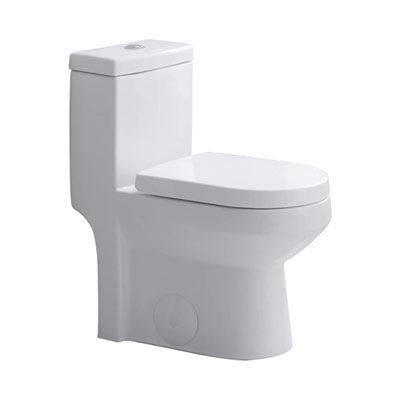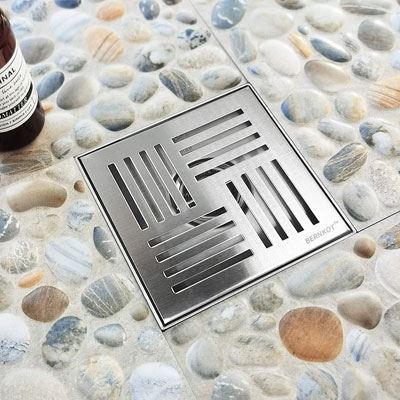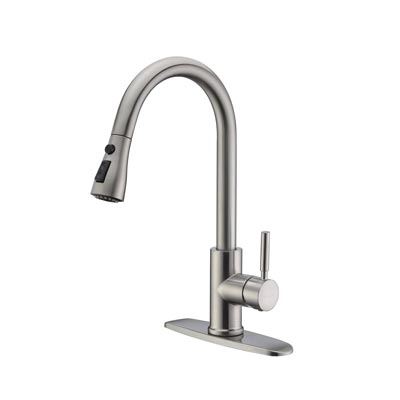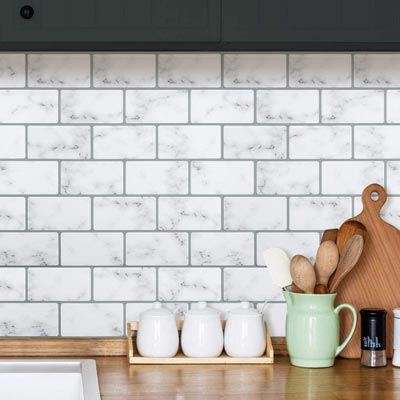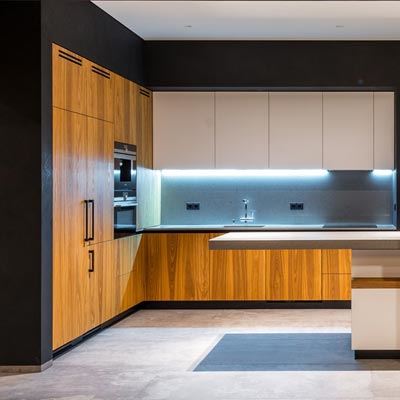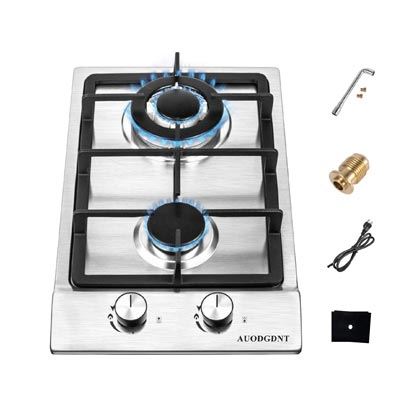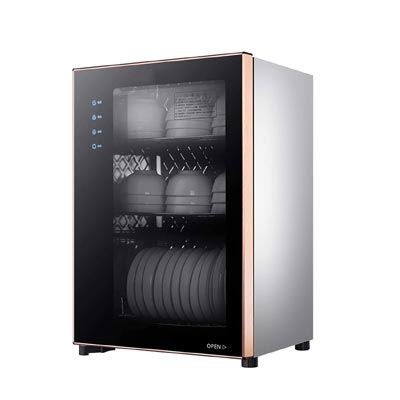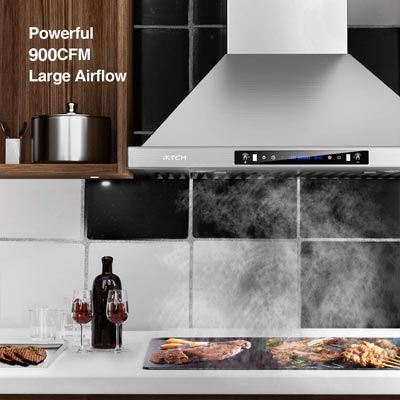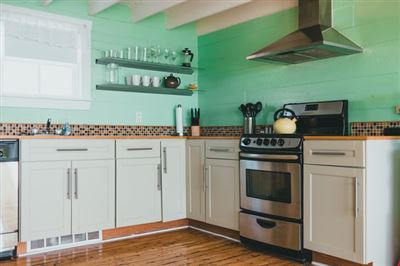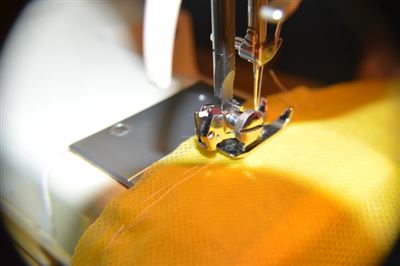
The main varieties of ceramic sanitary ware are toilets, wash basins, sinks, mop pools, hand boxes, soap boxes, etc. At present, there are many brands of ceramic sanitary ware on the market, with large differences in quality and price differences. When purchasing, you should first have the awareness of matching, and first determine the standards you expect to achieve. Each component or accessory in the kit should be at the same level. The number of ceramics in the bathroom is more than one. Several ceramic products such as toilets, wash basins, soap boxes, hand boxes, mop pools and other shapes and colors can only be harmonious and beautiful.
1. The selection points of ceramic sanitary ware

When choosing ceramic sanitary ware, you should understand that there are different requirements for visible and invisible surfaces: the visible surface refers to the surface that people can easily see after the porcelain is installed. The quality of the visible surface should be strictly controlled, especially when water can splash during use. The quality of the part is more important, and the quality of the invisible surface after installation should not be too picky.
1.1. Whether there is cracking: Use a thin rod to gently tap the edge of the porcelain piece to hear whether the sound is crisp. When there is a "husky" sound, it proves that the porcelain piece has cracks.
1.2. Deformation size: Put the porcelain piece on a flat platform, move in all directions to check whether it is stable and even, whether the mounting surface and the edge of the porcelain surface are flat and whether the mounting hole is even and smooth.
1.3. Glaze quality: The glaze must be delicate and smooth, with uniform glaze color. The visible surface, especially the glaze quality that can be splashed by water, is particularly important. Put a few drops of colored liquid on the glaze surface and wipe it with a cloth. After a few seconds, wipe it dry with a damp cloth. Check the glaze surface.
1.4. Water absorption rate: The toilet also has performance requirements such as sewage, water consumption, noise, and water sealing function. These performances are generally difficult for consumers to check and judge. They should try to buy products with quality and reputation assurance. A recent effective quality inspection report with the cm A chapter certified and approved by the relevant department.
2. Classification of washbasins
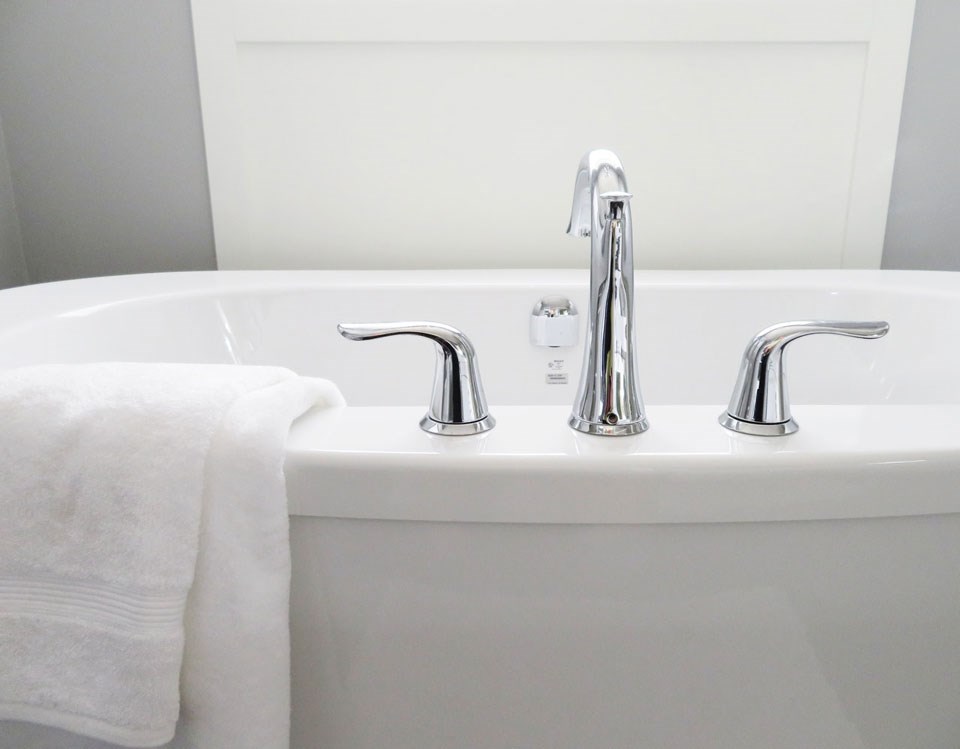
There are many types of washbasins, generally there are the following commonly used varieties:
2.1. Angle-shaped washbasin: Because the corner-shaped washbasin occupies a small area, it is generally suitable for smaller bathrooms. After installation, the bathroom has more room for maneuver.
2.2. Ordinary washbasin: It is suitable for the bathroom with general decoration, economical and practical, but it will look unsightly.
2.3. Vertical washbasin: suitable for small bathrooms. It can be matched with high-end indoor decoration and other luxurious sanitary wares.
2.4. Table washbasin with edge and without edge: suitable for use in bathrooms with larger space and high-end decoration, and the countertops can be made of marble or granite materials, etc.
Decoration tips
There are many types of ceramic sanitary ware on the market, and the price gap is also very large. If you do not understand some common sense of ceramic sanitary ware.
So it is very difficult to buy, maybe you will spend money to buy fake and shoddy products. When choosing ceramic sanitary ware, it is mainly based on the finish, brightness and the water absorption rate of the ceramic to judge by looking, touching and listening.
